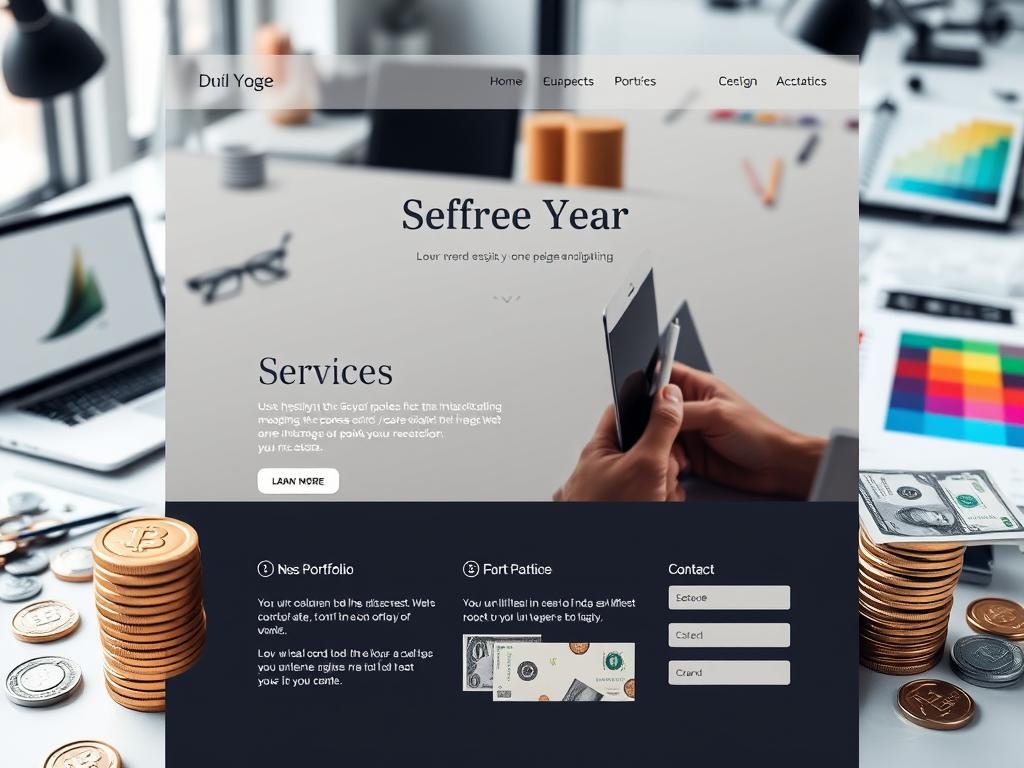In the fast-paced digital environment, the speed at which websites load holds a significant role in user engagement and retention. Recent findings have illuminated some startling revelations about the impact of load times on online behavior. Grasping these observations not only clarifies user preferences but also reveals an essential aspect of digital strategy that cannot be overlooked. The consequences of these revelations are far-reaching, prompting businesses to reassess their approach to website performance in order to stay ahead in the competitive online arena.
Key Takeaways
- Slow website load times result in decreased user engagement and satisfaction.
- Mobile optimization is crucial for reducing bounce rates and improving user experience.
- Global broadband speeds vary significantly, impacting user behavior and ISP choices.
- Top countries prioritize fast internet speeds for seamless browsing experiences.
- Quick website load times are directly linked to higher conversion rates and customer retention.
Impact of Slow Load Times
In the domain of website performance, the impact of slow load times cannot be underestimated.
Slow loading speeds directly affect user experience and customer satisfaction, leading to decreased retention and engagement.
Optimizing load times is essential for enhancing website performance and ensuring a seamless browsing experience.
Load time optimization strategies play a vital role in improving user satisfaction and reducing bounce rates.
By prioritizing fast loading speeds, businesses can increase customer retention and drive higher conversion rates.
Recognizing the significance of load time optimization is critical in the digital environment, where user expectations for quick and efficient browsing experiences continue to rise.
Mobile Optimization Importance
Mobile optimization is an essential aspect of web development in today's digital environment. Guaranteeing fast mobile page speed is critical for enhancing user experience and reducing bounce rates. Implementing effective optimization strategies can greatly impact the success of a website. Below is a table illustrating key optimization strategies for mobile websites:
| Optimization Strategy | Description |
|---|---|
| Responsive Design | Guarantees the website adjusts to different devices |
| Image Compression | Reduces image sizes for faster loading times |
| Minifying Code | Eliminates unnecessary characters in code |
Global Broadband Speeds
The analysis of global broadband speeds reveals substantial variations across countries, showcasing disparities in internet infrastructure and connectivity.
Speed comparisons indicate an average fixed broadband download speed of 80.12 Mbps globally, with mobile speeds averaging around 42.08 Mbps.
Countries like Singapore lead with speeds of 242.01 Mbps, followed by Chile and the UAE. The US maintains an average of 202.4 Mbps, while China and Hong Kong also feature prominently.
Slow internet speeds can prompt users to contemplate changing ISPs, emphasizing the critical role broadband speed plays in the overall online experience.
Enhancing internet infrastructure is key to improving global connectivity and ensuring faster access to online content.
Top Countries for Speed
Analyzing global broadband speeds reveals notable disparities in internet infrastructure and connectivity across countries.
When it comes to broadband comparison and speed statistics, some countries stand out for their exceptional connectivity:
- Singapore: Leading the pack with an average fixed broadband speed of 242.01 Mbps.
- Chile: Following closely with a speed of 222.49 Mbps.
- UAE: Impressive speeds averaging at 216.78 Mbps.
- United States: Boasting an average fixed broadband speed of 202.4 Mbps.
These top countries showcase the importance of robust internet infrastructure in providing users with fast and reliable connectivity for seamless browsing and online activities.
Mobile Speed and Engagement
In the domain of online engagement and user experience, the speed at which mobile webpages load plays a critical role in capturing and retaining the attention of visitors.
Mobile user behavior is heavily influenced by speed perception, with statistics showing that mobile pages take approximately 6.1 seconds longer to load compared to desktops. Slow mobile load times can lead to increased bounce rates, highlighting the necessity for mobile optimization strategies.
Studies indicate that mobile pages taking 10 seconds to load can increase bounce rates by 123%, emphasizing the importance of keeping load times minimal. Quick loading speeds are essential for enhancing user satisfaction and engagement, especially considering that 53% of mobile visitors leave if a page takes over three seconds to load.
Bounce Rates in Ecommerce
Mobile speed and engagement are essential aspects in the domain of online user experience, with load times greatly impacting user behavior and interactions.
- High bounce rates in eCommerce websites can hinder customer retention.
- Slow loading speeds contribute to increased bounce rates.
- Implementing strategies for fast load times is necessary for reducing bounce rates.
- Optimizing user experience through quick loading speeds is important for customer satisfaction and engagement.
Device Bounce Rate Variances
Examining the variance in bounce rates across different devices provides useful viewpoints into user behavior and website performance.
Desktop bounce rates average at 50%, while tablet users exhibit a slightly higher bounce rate of 51.6%. In contrast, mobile users show the highest bounce rate at 56.8%.
User interface design and loading speeds play notable roles in these variances, underlining the importance of optimizing websites for various devices.
Grasping these differences can guide targeted improvements to improve user engagement and reduce bounce rates across all platforms.
Load Time and Conversion Rates
Analyzing the correlation between website load times and conversion rates provides important insight into the impact of speed on user behavior and online success.
- Faster load times lead to higher conversion rates and sales.
- Slow loading speeds can deter potential customers, impacting user retention.
- Effective speed optimization strategies can improve webpage performance.
- Continuous monitoring of load times is essential for maintaining ideal conversion rates.
Frequently Asked Questions
How Do Content Delivery Networks (Cdns) Improve Website Load Times?
In the domain of website optimization, content delivery networks (CDNs) act as accelerators, improving load times by strategically distributing content through geographically optimized servers.
By reducing latency and improving data transfer efficiency, CDNs offer notable benefits in boosting website speed and performance.
Employing effective caching strategies within CDNs further optimizes content delivery, minimizing load times and elevating user experience.
The integration of CDNs is a crucial step for websites seeking to improve engagement and reduce bounce rates.
What Are Some Common Optimization Techniques for Faster Load Times?
To achieve faster load times, common optimization techniques include image compression to reduce file sizes, minified scripts for streamlined code, browser caching for storing webpage data locally, lazy loading to defer offscreen images, and asynchronous loading to load resources concurrently.
These methods boost website performance by minimizing loading times, improving user experience, and increasing retention rates.
Implementing these strategies effectively can lead to notable improvements in page speed and overall site efficiency.
What Percentage of Online Shoppers Are Influenced by Page Speed?
Page speed influences shopping behavior for 70% of online shoppers, impacting customer retention rates considerably.
Slow loading times often lead to cart abandonment, affecting user experience and potentially diverting customers to competitors.
Ensuring fast load times is vital for retaining customers and nurturing positive shopping experiences.
Analyzing and optimizing page speed metrics can directly improve online sales conversions and overall customer satisfaction levels, making speed a fundamental aspect of eCommerce success.
How Do Poorly Written Code and Unoptimized Media Files Impact Load Times?
Poorly written code and unoptimized media files act as website load time anchors, hindering page loading efficiency.
Code efficiency directly impacts processing speed, and unoptimized media files, like bloated images, prolong loading times.
These issues necessitate effective strategies, including code refactoring for improved performance and media compression techniques for faster loading speeds.
Optimizing both code and media elements is essential for enhancing overall website speed and user experience.
What Is the Average Number of Webpages per Online Session for Desktop Users?
In analyzing session behavior, desktop engagement is essential. On average, desktop users view 3.4 webpages per online session. Comprehending this metric aids in evaluating user interaction and website navigation patterns.
Monitoring desktop engagement levels provides perspectives into user preferences and content consumption habits. By optimizing webpage layouts and content relevance, businesses can improve user experience and increase the likelihood of conversions.
Tracking session behavior remains fundamental to advancing desktop engagement and overall site performance.








